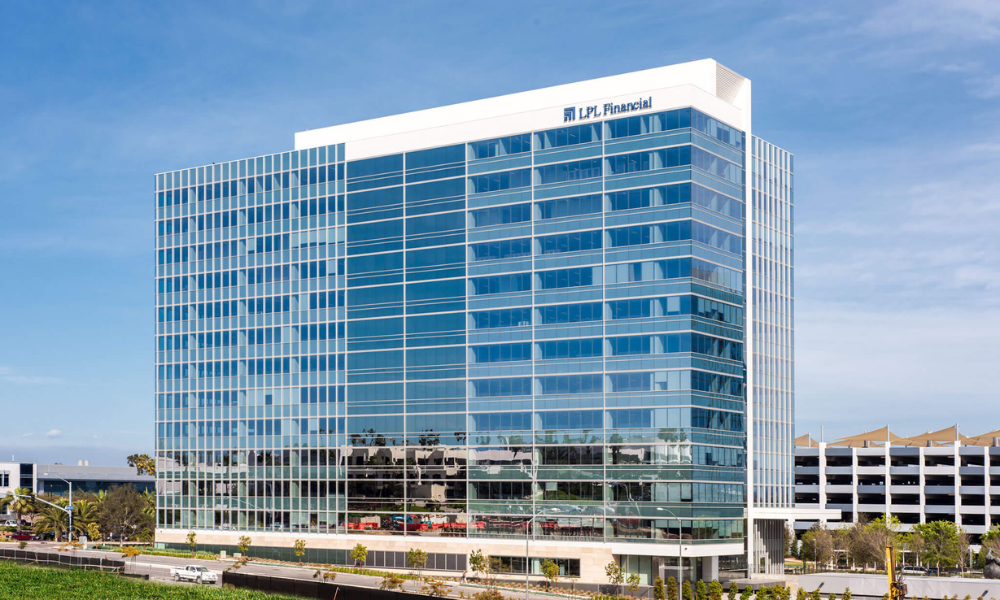

With sales of alternative investments surging this year and a Republican in the White House next month, market watchers are cheerful for the prospects of some classes of alternatives in 2025, including private credit and business development companies.
“Lower interest rates and potential policy shifts will impact markets differently, creating both opportunities and risks,” read LPL Financial’s 2025 outlook paper, which was released this week and titled “Pragmatic Optimism.”
“Equity market-neutral, global macro, and managed futures strategies are well-positioned to capitalize on increased volatility,” it stated. “Private credit and infrastructure remain attractive, but with some moderation in expectations.”
Industry executives are also focused on the incoming administration of President-elect Donald Trump.
“Much of the recent industry conversation reflects optimism on the new administration and especially Paul Adkins as the new commissioner of the SEC,” said Brian King, Lodas Markets CEO. “Private market, especially private credit and BDCs, continue to thrive and grow.”
“Similar to direct lending funds, BDCs primarily invest in privately negotiated debt of small and mid-sized companies,” Cambridge Associates wrote. “They can also invest in distressed companies looking to restore their financial health. Unlike private DL funds, BDCs are public, closed-end investment vehicles that can be traded daily on an exchange.”
More financial advisors now seem to be looking to diversify clients into investments into the private lending market. According to Robert A. Stanger & Co. Inc., financial advisors sold more than $29 billion of nontraded BDCs through the first 10 months of this year. That’s compared to a total of $21.2 billion in nontraded BDC sales for all of 2023.
In a recent report, Stanger said it expected nontraded BDC sales to continue at a blistering pace through the end of the year and reach $35 billion raised, a year-over-year increase of 65 percent.
The private loan and debt market has only increased in importance recently, according to LPL. Market executives often point to increased regulations on banks as a reason why private lending has expanded.
“Remaining positive on private credit and infrastructure with moderation in the private markets, we favor private credit and infrastructure, but with a slightly tempered view,” LPL stated. “Private credit has grown significantly over the years and is now a major capital source for businesses and individuals, and we expect it to continue delivering strong yields that are higher than its public counterparts.”
“That said, the impact of lower [interest] rates and increasing competition for high-quality deals makes us slightly moderate our positive view.”

It's a showdown for the ages as wealth managers assess its impact on client portfolios.

CEO Ritik Malhotra is leveraging Savvy Wealth's Fidelity partnership in offers to Commonwealth advisors, alongside “Acquisition Relief Boxes” filled with cookies, brownies, and aspirin.

Fraud losses among Americans 60 and older surged 43 percent in 2024, led by investment schemes involving crypto and social manipulation.

The alternatives giant's new unit, led by a 17-year veteran, will tap into four areas worth an estimated $60 trillion.

"It's like a soap opera," says one senior industry executive.
RIAs face rising regulatory pressure in 2025. Forward-looking firms are responding with embedded technology, not more paperwork.
As inheritances are set to reshape client portfolios and next-gen heirs demand digital-first experiences, firms are retooling their wealth tech stacks and succession models in real time.
